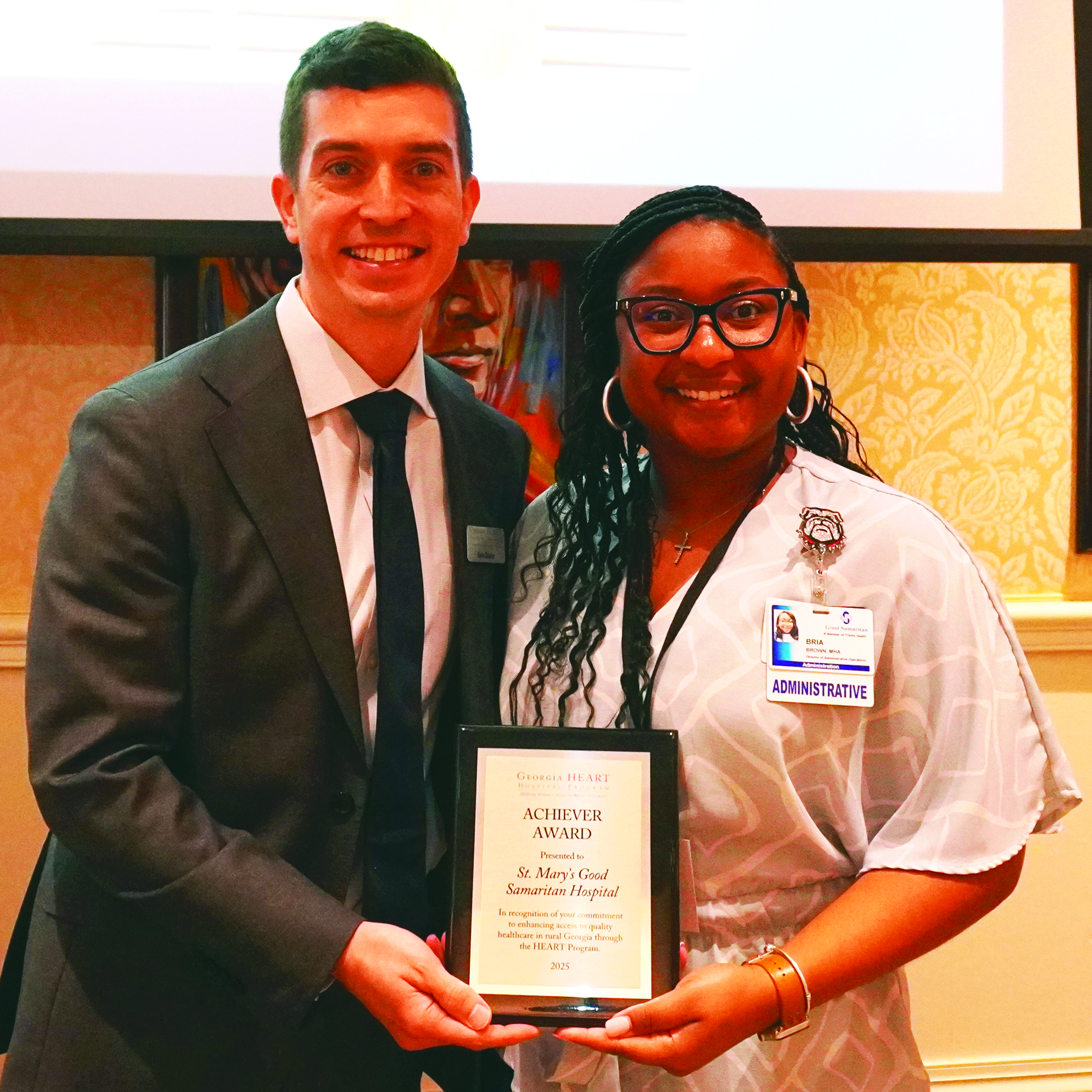UT committee suggests new homes for statue of Jefferson Davis
Published 11:00 am Tuesday, August 11, 2015
AUSTIN – Ed Dorn wants the statue of Jefferson Davis evicted from the main mall at the University of Texas, but he was satisfied with a report issued Monday that suggests a range of choices of what to do with the president of the Confederacy.
“I have a pretty firm view that Jefferson Davis has done nothing to deserve honor,” said Dorn, a professor of public policy at the Lyndon B. Johnson School of Public Affairs whose ancestors were Texas slaves. “He stands for a rather disastrous period in U.S. history.”
But Dorn said the committee’s range of options for the statue – most involve moving it elsewhere – seemed “appropriate.”
The argument over the Davis statue, long a point of campus controversy, gained new life last spring when student leaders called for its removal. The controversy reached a peak after nine black worshippers were fatally shot by a white supremacist at a church in Charleston, S.C. this summer.
University President Greg Fenves will act soon on the report, said Gregory J. Vincent, vice president for diversity and community engagement, though he did not give a specific date.
A majority of the 12-member task force appointed by Fenves believes the statues of Davis and other Confederate leaders, if they go, are most logically moved to the Briscoe Center for American History.
The museum and research center, which has a branch on campus, has offered to take custody of the statues that include Confederate Gens. Robert E. Lee and Albert Sidney Johnston, as well as John Reagan, the Confederacy’s treasurer and postmaster general.
Other nearby statues honor President Woodrow Wilson and Gov. James Hogg.
The task force alternately suggested the statues go to the Blanton Museum, the Texas Memorial Museum, the Harry Ransom Center library and archive, the historic home of benefactor George Littlefield on campus, “or an exhibit elsewhere on campus.”
The statues represent a disparate group of leaders that were meant to be part of a unified memorial that was never completed.
They would be moved, the committee wrote, along with an inscription that “pays tribute to the Confederacy and Southern patriotism, which swept the South during the early 1900s.”
The whole fracas over Jefferson Davis’ statue was foreign to Ben David, 26, a Californian who is planning to start graduate school at the university.
“I don’t know too many people who it means anything to,” said David, who graduated from Boston College. “We have all the Northern war heroes up in Boston.”
Ofer Bick, who was visiting campus Monday with his 17-year-old son, who is thinking about studying engineering at the university, said he favors leaving the statues in place.
“My feeling is, it’s part of history,” said Bick, who is from Los Angeles. “Why are we trying to dilute history? They should look at those statues and say, ‘That’s a sad part of American history.’”
Ian White, 35, a systems administrator for the university, said Fenves has “a fine line to walk.”
White said wouldn’t object to moving Jefferson and company to a museum. But he doesn’t want to bury the past.
Dorn suggested not changing the past but weighing the value of historical figures deserving of statues.
“Occasionally, we may judge that someone who has committed a monstrous deed has done other things that, on balance, represent a positive contribution to society,” he wrote in an email.
For example, Dorn, who protested President Johnson’s Vietnam War policies in the 1960s, suggested a statue of the Texan.
“He does have a school, but he does not have a presence in the center of campus,” he said.
But Dorn said the statue of President Wilson should leave the south mall, too.
“When he became president, in effect he imposed Jim Crow on Washington, D.C. – separate dining facilities and bathrooms,” he said. “He was a flat-out racist.”
As for Davis, Dorn said the president of the Confederacy should be mentioned, but not honored, in a museum that talks about slavery.
“Stand him next to a statue of a man in manacles,” he said.
John Austin covers the Texas Statehouse for CNHI’s newspapers and websites. Contact him at jaustin@cnhi.com





